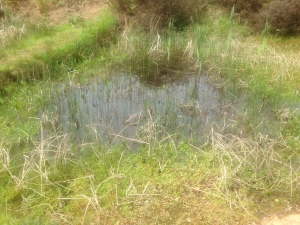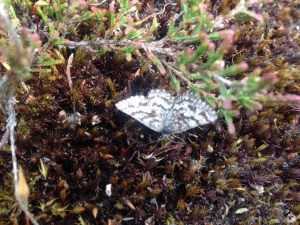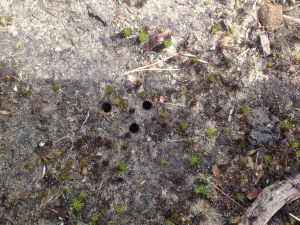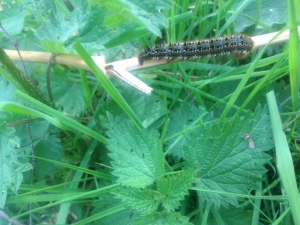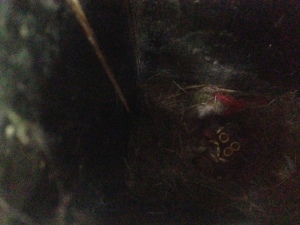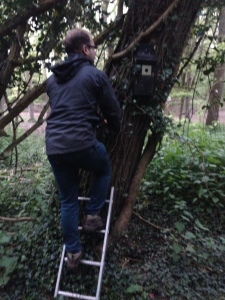Natterjacks and nestboxes
Feeling a bit blue yesterday morning I was pleased to get some natural relief in the form of some surveying.
At lunchtime I went out (with a license) to look for natterjack toadspawn and tadpoles (Epidalea calamita). Natterjacks are confined to sand dunes or sandy ecosystems. They used to be far more widespread in the UK, when we had a lot more heathland, but are now found at only a handful of sites across the UK.
The ponds are shallow, warm and usually fairly free of vegetation. The strings of spawn make them different from clumps of frogspawn, although it is apparently very difficult to tell if the tadpoles are natterjacks or common toads. But we knew that at this site natterjacks breed, so we could be fairly sure these were naterjack tadpoles. We were looking for new spawn and tadpoles and recording it. We were even lucky enough to hear a couple of natterjack toads croaking (singing?) away.
This very clear (new) pond is ideal, and just out of shot are some small patches of turf and grass on its edge that will one day be perfect for toadlets to crawl into and use to hide from predators like crows.

This rather more overgrown pond is not so great, and more likely to be home to common toads and newts, although it has had natterjacks in the past.
As we picked our way across the heath we also found a number of other treats. There was this beautiful common heath moth.
We also saw the tiny, very neat holes of green tiger beetle (Cicindela campestris) larvae, which remain in the burrow they were laid in feeding. In the right place, these flashy green beetles are actually fairly common throughout the UK and can be seen easily in Summer, if you know what you’re looking for.
And finally we spotted the caterpillar of the drinker moth (Euthrix potatoria), which gets its name from supposedly liking drops of dew.
That evening I got another treat as a friend took me to a site near Cambridge where we got to survey the nestboxes for eggs and chicks of great tits (Parus major) and blue tits (Cyanistes caeruleus).
This was at times adorable, at times involved some precarious balancing on the ladder while clinging one-handed to the tree, and at other times involved getting hissed at (yes hissed!) by rather angry blue tits.
Not only were both of my activities brilliant relief from a politics heavy day, but the data we gathered also helps, over years, to build up a small part of a much bigger scientific picture that informs conservation.


